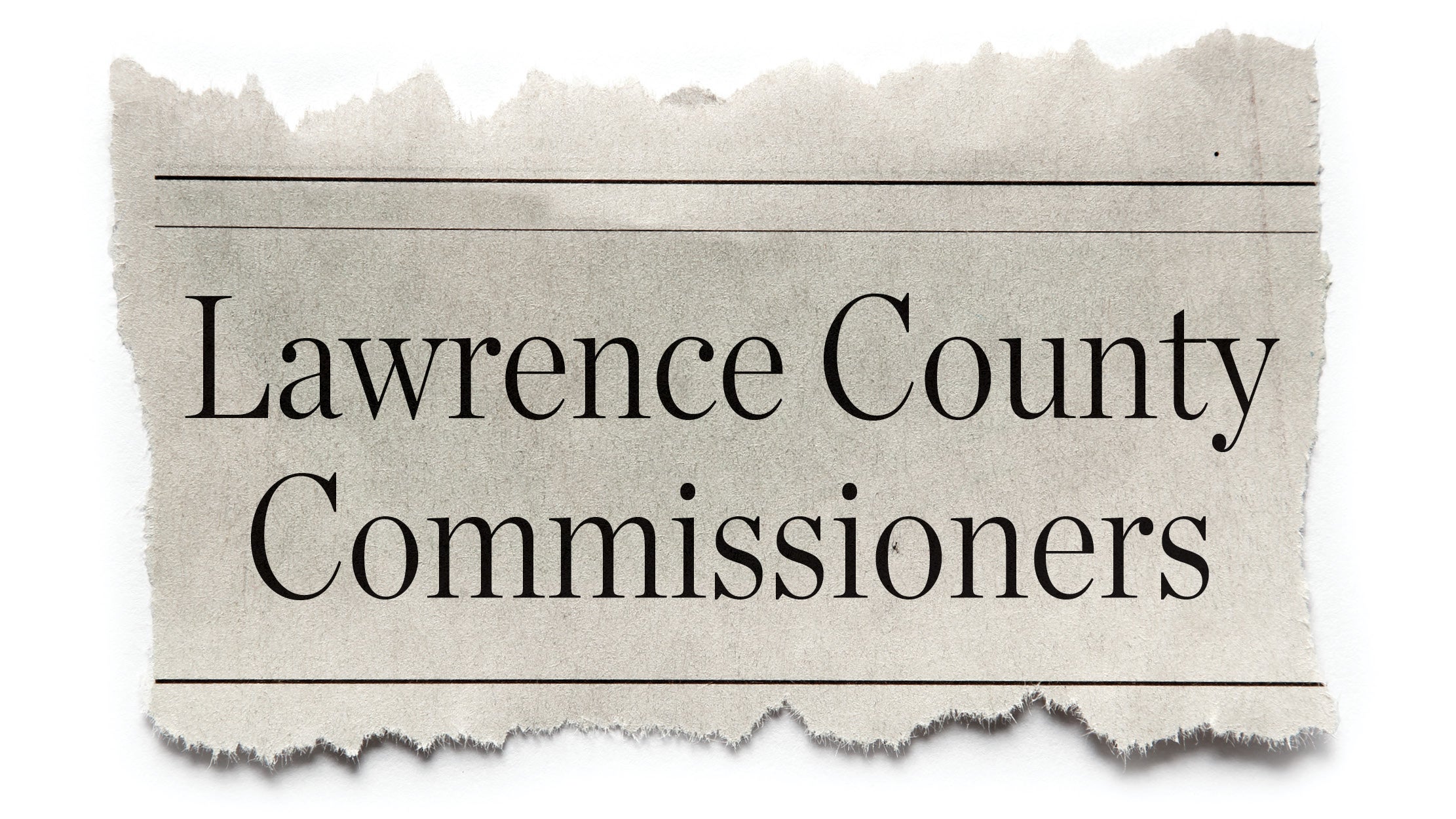Health department inspector makes safety his job
Published 10:30 am Tuesday, August 31, 2010
If you’ve eaten at a restaurant in Ironton, or enjoyed a funnel cake from a street vendor during the Memorial Day Parade, you can thank Paul Drescher for inspecting the food and the facilities used to prepare it.
Drescher is the sole restaurant inspector for the Ironton Health Department and has been for the past three years. He inspects all of Ironton’s 30-plus restaurants and bars, as well as the convenience stores and even Sta-Tan Pool. He also responds to complaints that are filed about restaurants.
That’s a lot of inspecting for one person and a lot of forms to fill out.
Drescher said that he will soon get help from some technological advances that the Ironton Health Department has made.
“Starting next month, we’ll be using a computer program to do all the inspections with,” Drescher said. “It’ll allow me to look up the rules on the computer rather than fumble through 120 some pages of rules and it will give a nice, neater printout.”
Currently, Drescher has to take his 121-page food manual to each inspection. With the new system, Drescher said he will be able to scroll through violations on a laptop computer program. When he chooses the correct violation, he will be able to type comments in the space provided.
“It’ll help do the inspections a lot faster,” he said. “But I’m always going to keep a paper backup. That way, for the first time, inspections will be saved digitally as well as on a hard copy.”
So what does the restaurant health inspector look for when he’s behind the line?
“The first thing I do when I inspect a place is wash my hands,” said Drescher. “I do that to set a good example. Then I check the temperatures.”
Drescher said he can check the external temperature of food items with another new piece of technology, a temperature gun.
The gun shoots a laser at the food item and measures its surface temperature. From that, Drescher said he can determine whether he needs to probe the item to find its internal temperature.
“I also check food while it’s in the refrigerator for temperature before it’s used to make sure they are holding it properly,” he said. He also said he checks to see if the freezer is keeping frozen items at the proper temperature.
“Then I go to cleanliness,” Drescher said. “Each restaurant has a pattern or flow to its kitchen and you just follow that. As you go, you look at everything and every little drawer.” He will also check the restrooms and dumpsters outside.
Drescher said that inspections can take anywhere from one hour to three and a half hours, depending on size and the amount of violations present.
And as for violations, Dresher said he always follows up.
“Say I find a critical item, either they fix it that day or I come back the next day to check it. Unless it’s something that needs a little more time, (then) I give the appropriate amount of time.”
Drescher also said that he is going to start taking photos of particularly grievous violations.
“I try to, when I’m inspecting, to interject stories from other jurisdictions to help with the rules,” he said. “My focus is on teaching them how to do it right, rather than hammering them in. Anything you can do to help teach.”
Drescher said that overall, the City of Ironton’s restaurants do really well with inspections.
The Ironton Health Department has also put out a brochure of all the restaurants in the city. It can be picked up at the health department on Eighth Street in the lobby or at the Chamber of Commerce in South Point.



